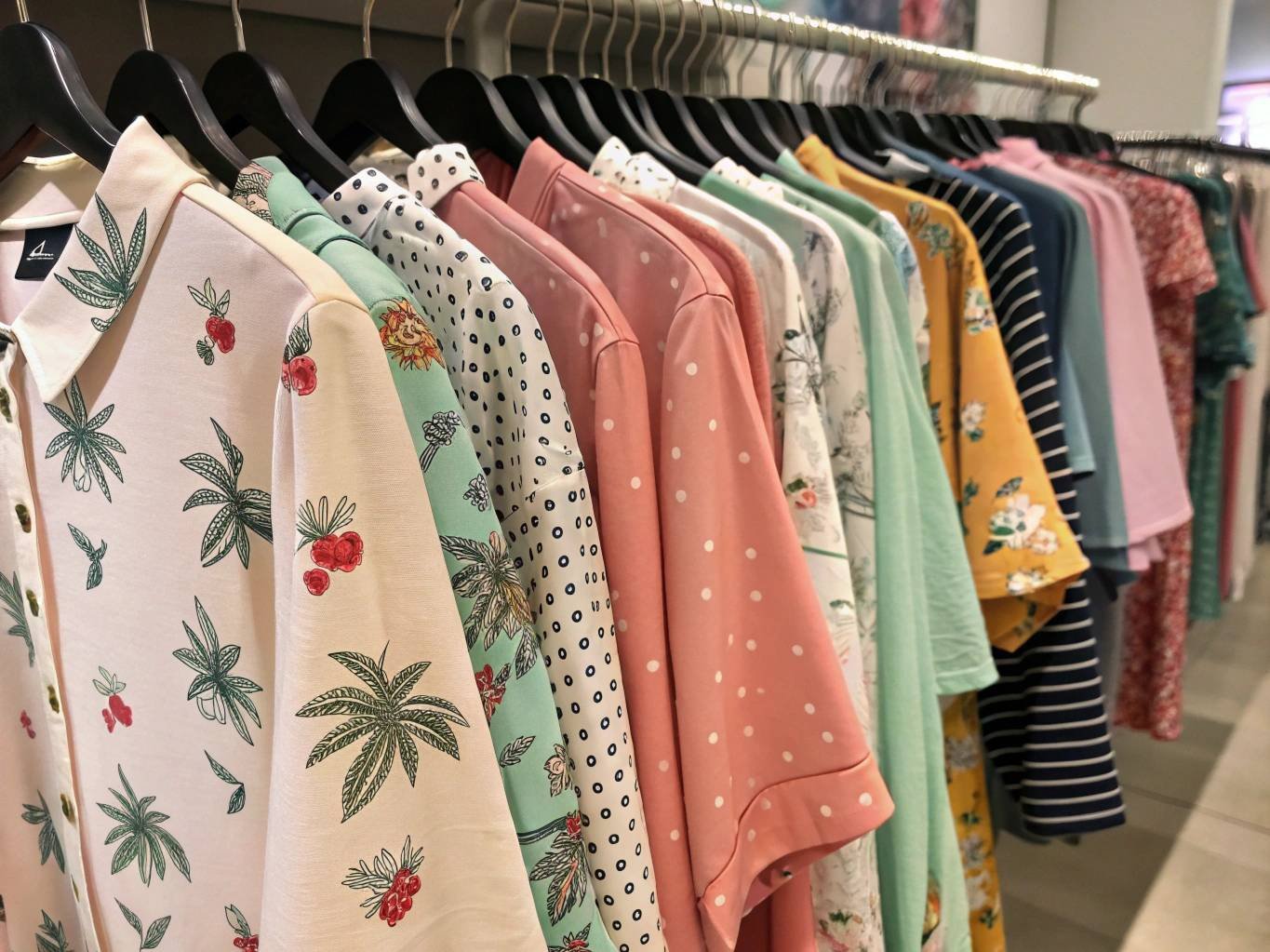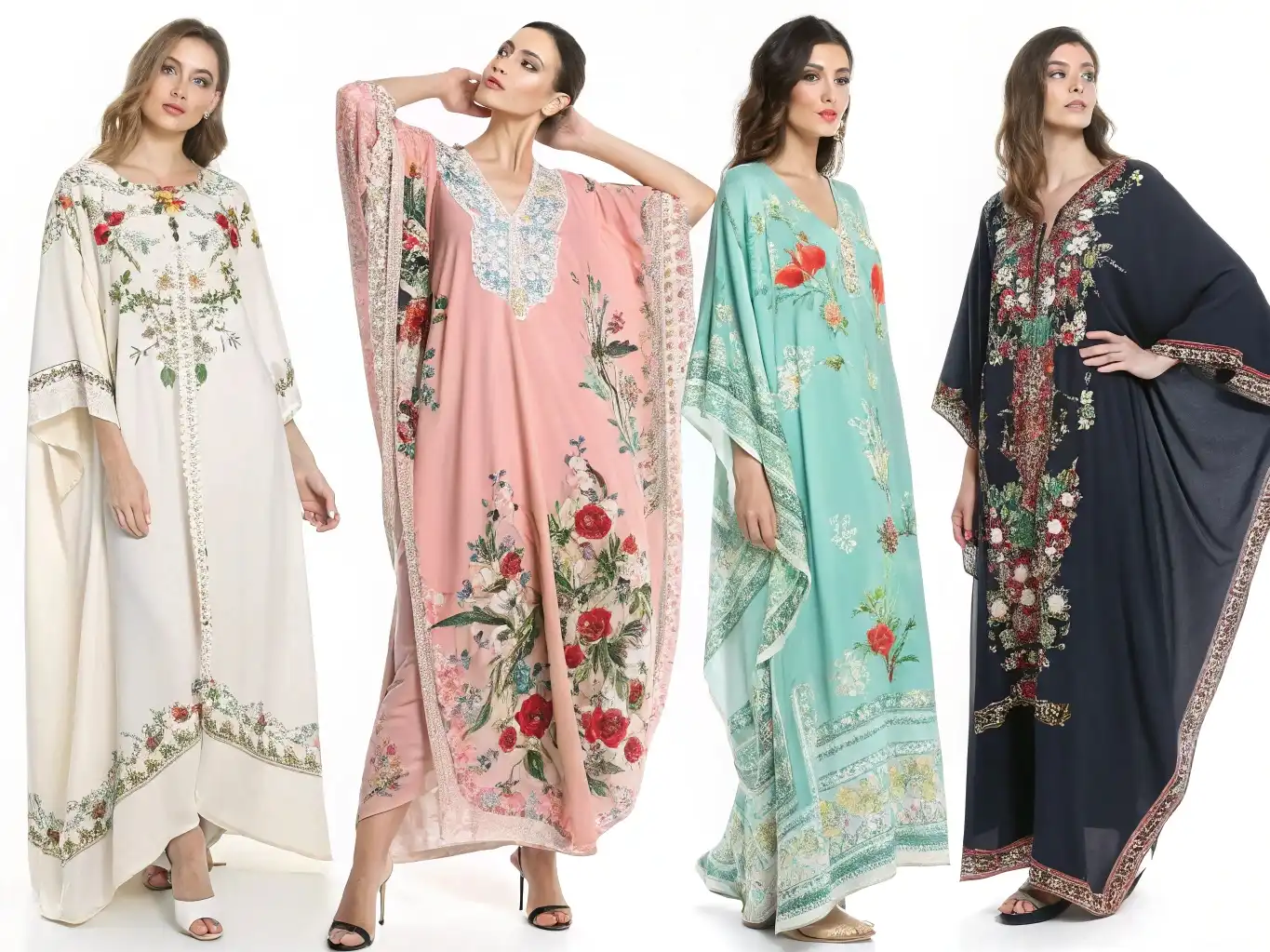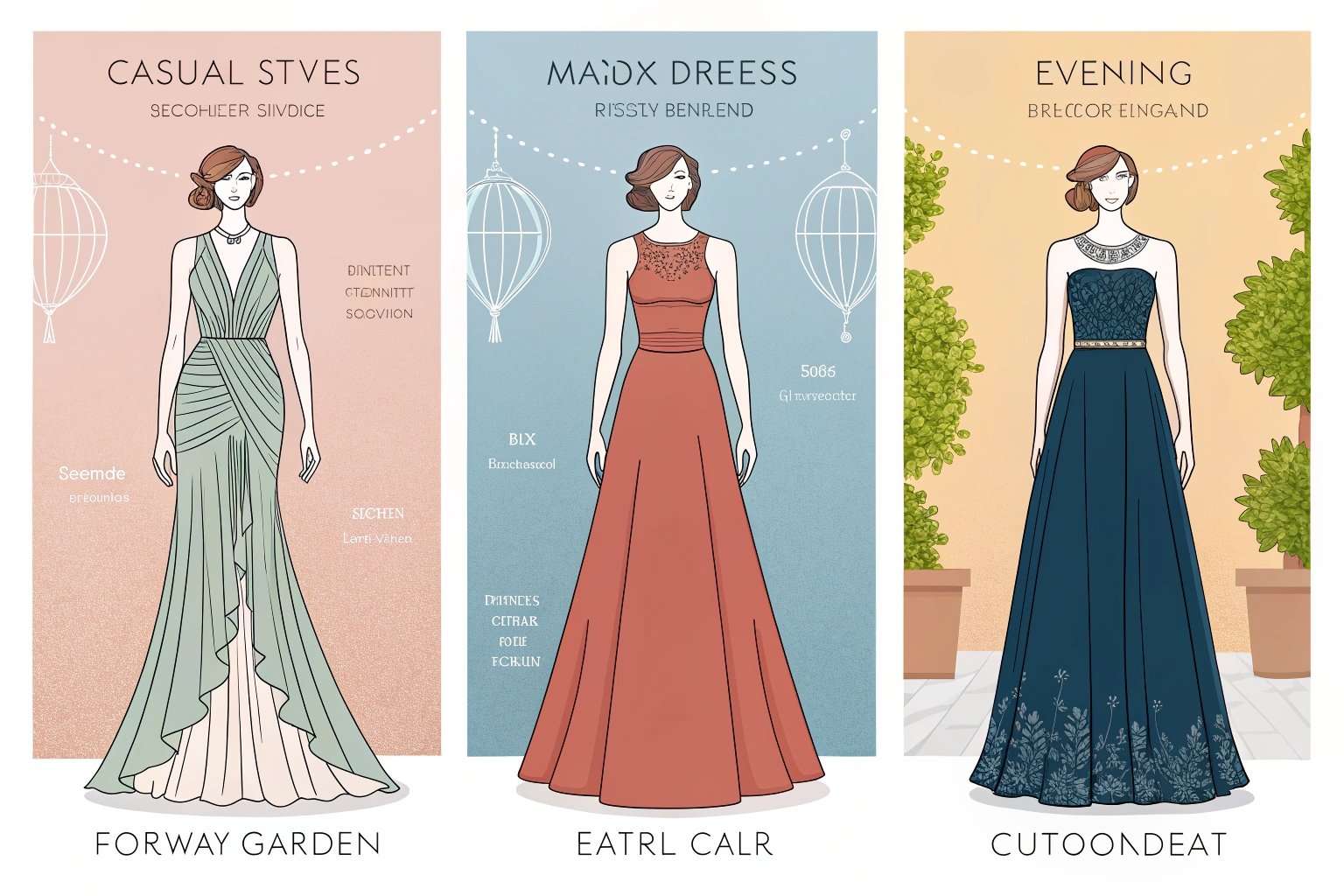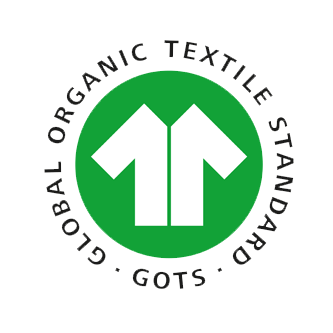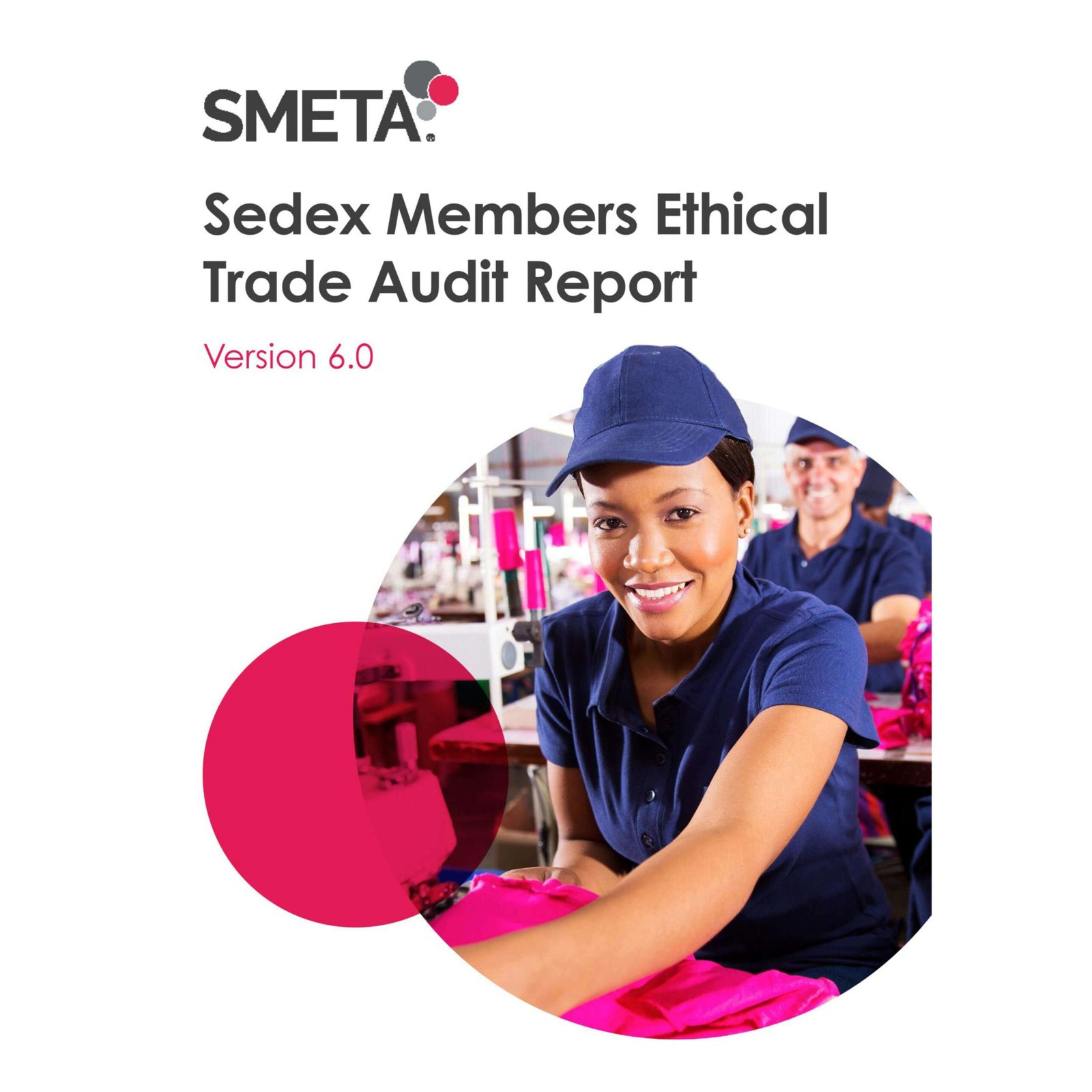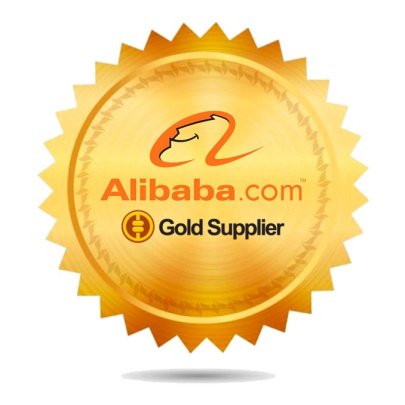Launching a successful streetwear brand involves clearly defining your unique identity, researching market trends, finding reliable manufacturers1, and strategically marketing your products.
With the right approach, your brand can stand out in the crowded streetwear market.
I’ll guide you through each step, from finding trustworthy manufacturers to growing and scaling your brand effectively.
What Are the First Steps to Launching a Streetwear Brand?
Before launching a streetwear brand, clearly defining your brand identity and thoroughly analyzing market trends2 is critical to success.
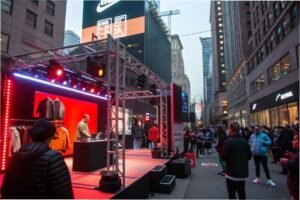 Urban Fashion Event
Urban Fashion Event
How Do You Define Your Streetwear Brand Identity and Target Market?
Your streetwear brand identity3 should reflect your unique perspective, appealing directly to your target audience. Ask yourself:
- Who is my ideal customer (age, interests, lifestyle)?
- What aesthetic or style do I want my brand to represent?
- What message or values does my brand convey?
Clearly defining your audience and brand personality sets a solid foundation for consistent messaging and appealing products.
What Streetwear Trends Should You Analyze Before Launching?
Understanding current trends ensures your streetwear brand remains relevant and appealing. Research these key areas:
| Trend Category | Importance | Examples |
|---|---|---|
| Popular Styles | Defines aesthetic preferences | Oversized tees, graphic prints |
| Influencer Culture | Drives consumer interest | Celebrity collaborations |
| Sustainability | Increasing consumer demand | Eco-friendly fabrics |
Studying these trends helps you align your designs with market expectations and consumer demand.
How Do You Find the Right Streetwear Clothing Manufacturers?
Partnering with the right clothing manufacturer is crucial for turning your designs into high-quality products. Here’s how to find the perfect match:

What Qualities Should You Look for in a Reliable Streetwear Manufacturer?
Reliable streetwear clothing manufacturers possess key attributes such as:
- Experience with streetwear styles
- High-quality materials and skilled craftsmanship
- Transparent pricing and clear communication
- Strong industry reputation
How Can You Verify Quality and Minimum Order Quantities (MOQs)?
Evaluate manufacturers carefully by:
- Requesting fabric and production samples
- Checking certifications (ISO, OEKO-TEX, etc.)
- Confirming MOQs align with your budget and demand
This ensures you receive consistent quality and avoid surprises that could disrupt your launch plans.
How Do You Design Your Streetwear Collection?
Designing unique streetwear that captures attention and aligns with your brand vision is crucial.
How Can You Create Unique Designs That Stand Out in a Crowded Market?
To make your designs memorable, consider:
- Incorporating distinctive graphics or artwork
- Combining contrasting elements (vintage with modern)
- Creating limited-edition items to generate exclusivity
What Are the Best Fabrics and Printing Techniques for Streetwear?
Fabric and printing quality greatly influence streetwear appeal. Here’s a helpful table for reference:
| Garment Type | Ideal Fabric Choices | Recommended Printing Techniques |
|---|---|---|
| T-Shirts | Cotton, cotton blends | Screen printing, DTG |
| Hoodies | Heavyweight cotton, fleece | Embroidery, puff prints |
| Jackets | Denim, nylon, polyester | Heat transfer, patchwork |
Carefully select fabrics and techniques that reinforce your brand’s quality and style expectations.
What Are the Costs of Starting a Streetwear Clothing Brand?
Understanding the financial aspect of launching your streetwear brand helps you plan effectively.

How Much Does It Cost to Manufacture with Streetwear Clothing Manufacturers?
Manufacturing costs depend on factors like materials, design complexity, and MOQs. Typically:
- T-shirts: $5-$15 per unit
- Hoodies: $10-$25 per unit
- Outerwear: $20-$50 per unit
Discuss detailed pricing with your chosen manufacturer to ensure accurate budgeting.
What Additional Costs Should You Consider (Branding, Marketing, Packaging)?
In addition to manufacturing, consider:
- Branding & logo design ($300-$1,000)
- Packaging materials ($0.50-$3 per item)
- Marketing budget (15%-30% of your total budget)
How Do You Market and Grow Your Streetwear Brand?
Marketing your streetwear brand effectively requires strategic planning, especially leveraging digital channels.
How Can Social Media and Influencers Boost Streetwear Brand Awareness?
Social media marketing is powerful in streetwear:
- Regularly post engaging content
- Collaborate with influencers aligning with your brand identity
- Use paid social media ads to target specific demographics
What E-commerce Strategies Work Best for Streetwear Brands?
Successful e-commerce strategies4 include:
- Investing in visually appealing product photography
- Providing detailed product descriptions (materials, sizing guides)
- Offering seamless checkout and multiple payment options
How Do You Scale Your Streetwear Brand for Long-Term Success?
Once established, scaling your brand becomes critical for sustainable growth.
How Can You Expand Your Product Line and Collaborate with Other Brands?
Expanding your product range and collaborating can help you attract new customers and boost visibility. Examples include:
- Releasing seasonal or limited-edition collections
- Partnering with artists or musicians for unique product lines
- Collaborating with complementary brands to tap into new audiences
What Role Do Strong Manufacturer Relationships Play in Scaling?
Strong relationships with manufacturers are essential for growth. Benefits include:
- Reliable product quality as production scales
- Potential volume discounts, improving margins
- Faster turnaround times to meet growing demand
Investing in these relationships fosters trust, efficiency, and long-term brand success.
Conclusion
Launching your streetwear brand involves careful planning, strategic design, manufacturer partnerships, and effective marketing. Understanding market trends2, defining a clear brand identity, and cultivating reliable manufacturing relationships position your brand for long-term growth and success in the competitive streetwear market.
-
Partnering with trustworthy manufacturers is essential for producing high-quality streetwear products. ↩
-
Analyzing market trends helps ensure your brand remains relevant and meets consumer demands effectively. ↩ ↩
-
Understanding your brand identity is crucial for connecting with your target audience and standing out in the market. ↩
-
Implementing strong e-commerce strategies can enhance customer experience and drive sales. ↩


